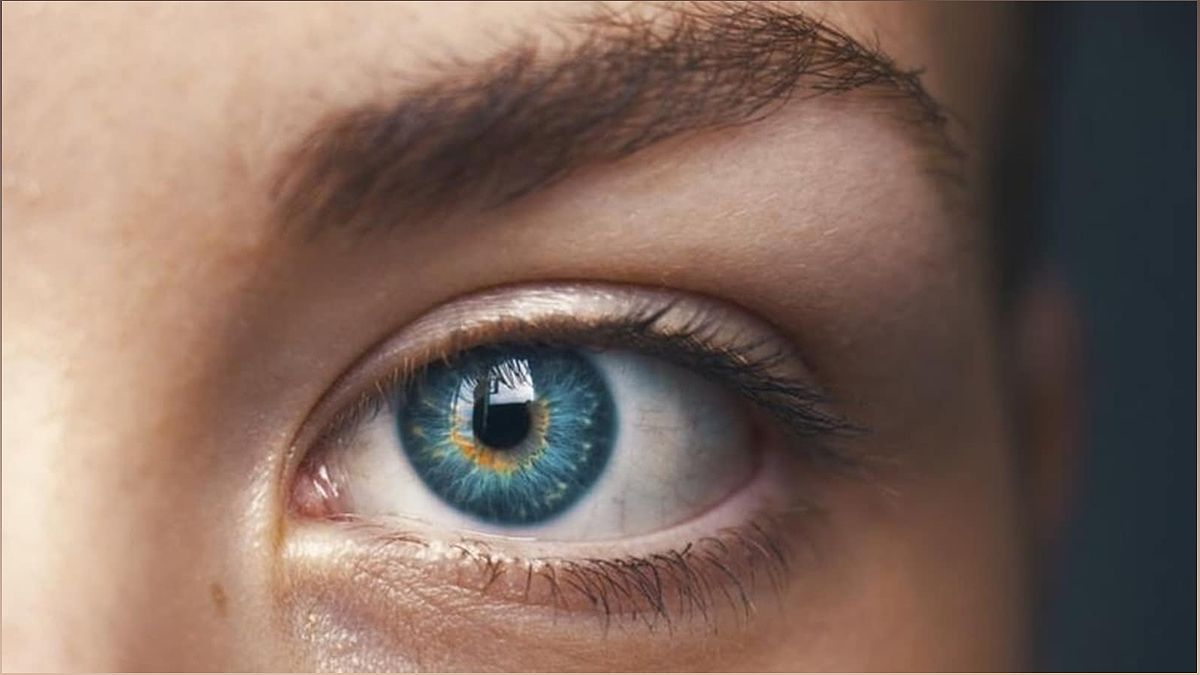Revolutionizing Kidney Disease Monitoring: The Power of 3D Eye Scans
Are you aware that 3D eye scans hold the key to a revolutionary approach in monitoring kidney disease? Recent studies have revealed that these scans provide crucial insights into kidney health, enabling early detection and tracking of the disease’s progression. Unlike current screening tests that can only identify the condition after significant kidney function loss, 3D eye scans offer a non-invasive and efficient method. By examining highly-magnified images of the retina, researchers can detect changes that indicate kidney disease development. The retina, located at the back of the eye, offers a unique view of microvascular circulation, which is often affected in kidney disease. The University of Edinburgh conducted a groundbreaking study using optical coherence tomography (OCT) technology to capture 3D images of the retina. This study revealed that patients with chronic kidney disease exhibited thinner retinas compared to healthy individuals. Furthermore, the thinning of the retina correlated with declining kidney function. However, the exciting finding was that the thinning could be reversed following a successful kidney transplant. Regular eye checks utilizing 3D eye scans could potentially revolutionize the early detection and monitoring of kidney disease. By identifying the disease in its early stages, individuals can make lifestyle changes to reduce the risk of complications. Additionally, this technology holds promise in aiding the development of new drugs by measuring the retina’s response to potential treatments. While further studies and clinical trials are necessary before widespread implementation, this research offers hope for improved kidney disease management. With over 7.2 million people affected by chronic kidney disease in the UK alone, early identification and treatment opportunities are crucial. Dr. Neeraj (Bean) Dhaun, a Professor of Nephrology at the University of Edinburgh, emphasizes the potential of this research in identifying individuals with early kidney disease and providing timely interventions. Dr. Aisling McMahon, the executive director of research and policy at Kidney Research UK, highlights the kinder and more effective approach that 3D eye scans can offer in monitoring kidney health. Stay tuned for more advancements in this field as we work towards a future where kidney disease can be detected and managed with greater precision and compassion.
The Power of 3D Eye Scans
1. A Revolutionary Approach
Learn how 3D eye scans are revolutionizing the monitoring and early detection of kidney disease. By capturing highly-magnified images of the retina, these scans provide crucial insights into kidney health.

2. Detecting Changes in the Retina
Explore how researchers are using optical coherence tomography (OCT) technology to detect changes in the retina. The retina, located at the back of the eye, offers a unique view of microvascular circulation, which is often affected in kidney disease.
3. Thinning Retinas and Kidney Function
Discover the correlation between thinner retinas and declining kidney function. The University of Edinburgh study found that patients with chronic kidney disease had thinner retinas compared to healthy individuals.
4. Reversing Thinning Retinas
Learn about the exciting finding that thinning retinas can be reversed following a successful kidney transplant. This highlights the potential for 3D eye scans to monitor the effectiveness of kidney treatments.
5. Early Detection and Lifestyle Changes
Understand how regular eye checks utilizing 3D eye scans can aid in the early detection of kidney disease. Early identification allows individuals to make lifestyle changes that reduce the risk of complications.
6. Promising Future Developments
Explore the potential of 3D eye scans in aiding the development of new drugs for kidney disease. By measuring the retina’s response to potential treatments, researchers can gain valuable insights into the effectiveness of these interventions.
